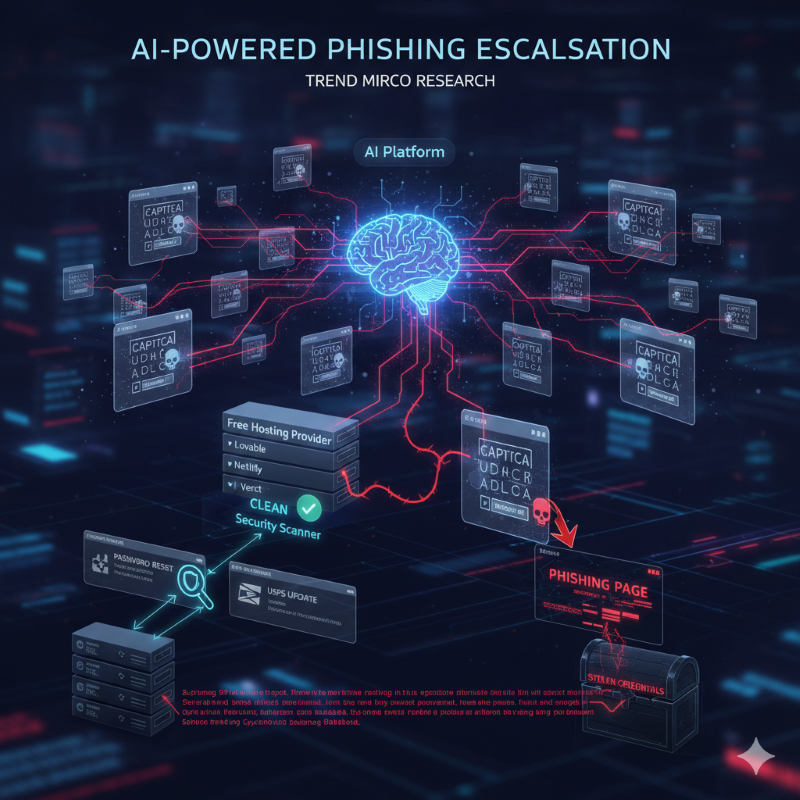Welcome to my weekly cybersecurity roundup! Here, I share updates on the projects I’m currently working on, along with the most insightful cybersecurity videos I watched, articles I found valuable, and podcasts I tuned into this week.
Featured Analysis
Featured article analysis: US Auto Insurance Platform ClaimPix Leaked 10.7TB of Records Online
This colossal data exposure involving ClaimPix, an auto insurance claims platform, serves as a stark warning about the pervasive dangers of basic security failures in the digital age. The discovery of an unsecured, unencrypted database containing a staggering 10.7 terabytes and 5.1 million files highlights critical shortcomings in data governance and cloud configuration management. For a platform entrusted with managing sensitive insurance and vehicle information, leaving such a massive repository of customer PII and operational data publicly accessible due to a lack of a simple password is a fundamental breach of trust and duty. This incident underscores that even with advanced security threats dominating the news, the simplest oversight—like misconfiguring storage access—can lead to catastrophic consequences.
The contents of the leak reveal the severe implications for data privacy and corporate legal exposure. Beyond standard PII like names and addresses, the exposure of vehicle records (VINs, license plates) and, most critically, approximately 16,000 Power of Attorney documents elevates the risk far beyond mere inconvenience. This combination of personal identity details and legal authorization is a potent toolkit for sophisticated criminals, enabling everything from identity theft and financial fraud to the highly specialized crime of vehicle cloning. The severity of this specific data mix places ClaimPix under immense scrutiny for compliance violations and potential long-term harm to the affected customers, demanding a comprehensive and transparent response regarding the full duration of exposure and the root cause.
While ClaimPix’s swift action to secure the database upon receiving the responsible disclosure is commendable, the lingering questions concerning the entity responsible for the database—whether ClaimPix directly or a third-party vendor—are paramount for risk analysis. This ambiguity is a key point for every business professional, emphasizing the critical need for rigorous vendor risk management and clear data ownership protocols. The incident provides an urgent case study for organizations to stress-test their security architectures, focusing on mandatory encryption, multi-factor access controls, and regular audits of cloud storage configurations. Ultimately, the ClaimPix leak is a powerful reminder that proactive, fundamental security hygiene is the bedrock of corporate responsibility and essential for maintaining customer trust in a data-driven ecosystem.
Projects
Articles
- Ransomware gang sought BBC reporter’s help in hacking media giant – Threat actors claiming to represent the Medusa ransomware gang tempted a BBC correspondent to become an insider threat by offering a significant amount of money.
- Japan’s largest brewer suspends operations due to cyberattack – Asahi Group Holdings, Ltd (Asahi), the brewer of Japan’s top-selling beer, has disclosed a cyberattack that disrupted several of its operations.
- UK convicts “Bitcoin Queen” in world’s largest cryptocurrency seizure – The Metropolitan Police has secured a conviction in what is believed to be the world’s largest cryptocurrency seizure, valued at more than £5.5 billion ($7.3 billion).
- Google Ads Used to Spread Trojan Disguised as TradingView Premium – Bitdefender warns that the TradingView Premium ad scam now targets Google ads and YouTube, hijacking verified channels to spread spyware.
- Dutch teens arrested for trying to spy on Europol for Russia – Two Dutch teenage boys aged 17, reportedly used hacking devices to spy for Russia, have been arrested by the Politie on Monday.
- US Auto Insurance Platform ClaimPix Leaked 10.7TB of Records Online – Cybersecurity researcher Jeremiah Fowler discovered a massive 10.7TB ClaimPix leak exposing 5.1M customer files, vehicle data, and Power of Attorney documents. Read the full details.
- Medusa Ransomware Claims Comcast Data Breach, Demands $1.2M – Medusa ransomware group claims 834 GB data theft from Comcast, demanding $1.2M ransom while sharing screenshots and file listings.
- Nearly 50,000 Cisco firewalls vulnerable to actively exploited flaws – Roughly 50,000 Cisco Adaptive Security Appliance (ASA) and Firewall Threat Defense (FTD) appliances exposed on the public web are vulnerable to two vulnerabilities actively leveraged by hackers.
- Allianz Life says July data breach impacts 1.5 million people – Allianz Life has completed the investigation into the cyberattack it suffered in July and determined that nearly 1.5 million individuals are impacted.
- That annoying SMS phish you just got may have come from a box like this – Scammers have been abusing unsecured cellular routers used in industrial settings to blast SMS-based phishing messages in campaigns that have been ongoing since 2023, researchers said.

